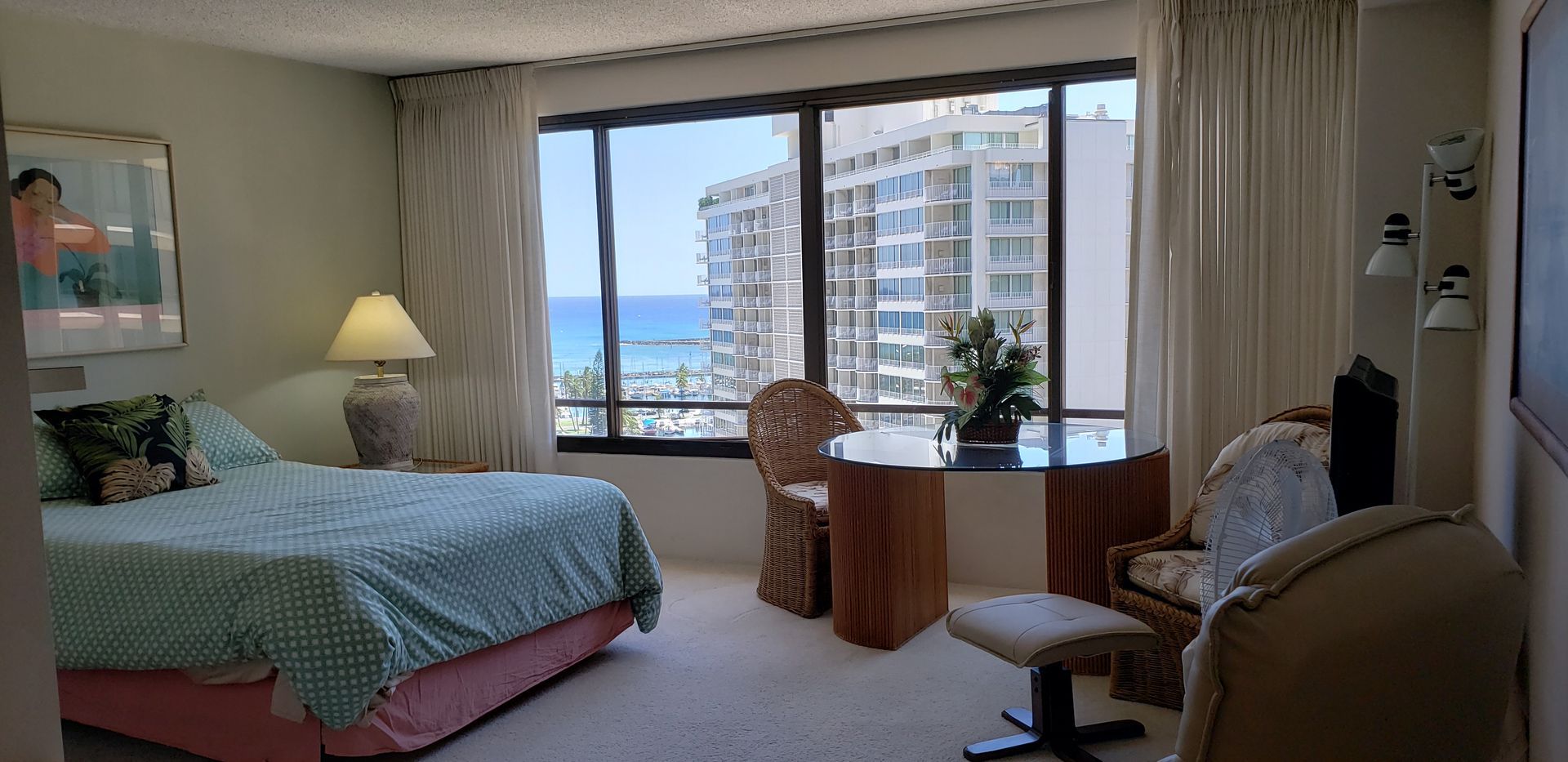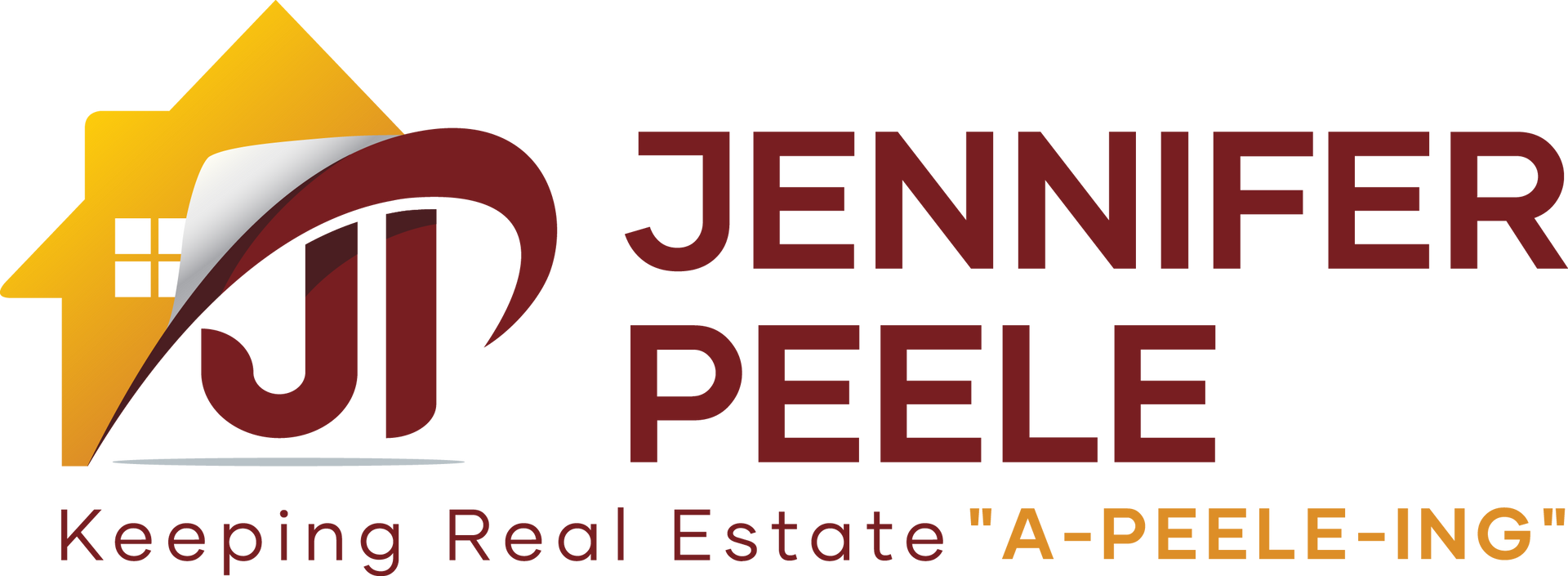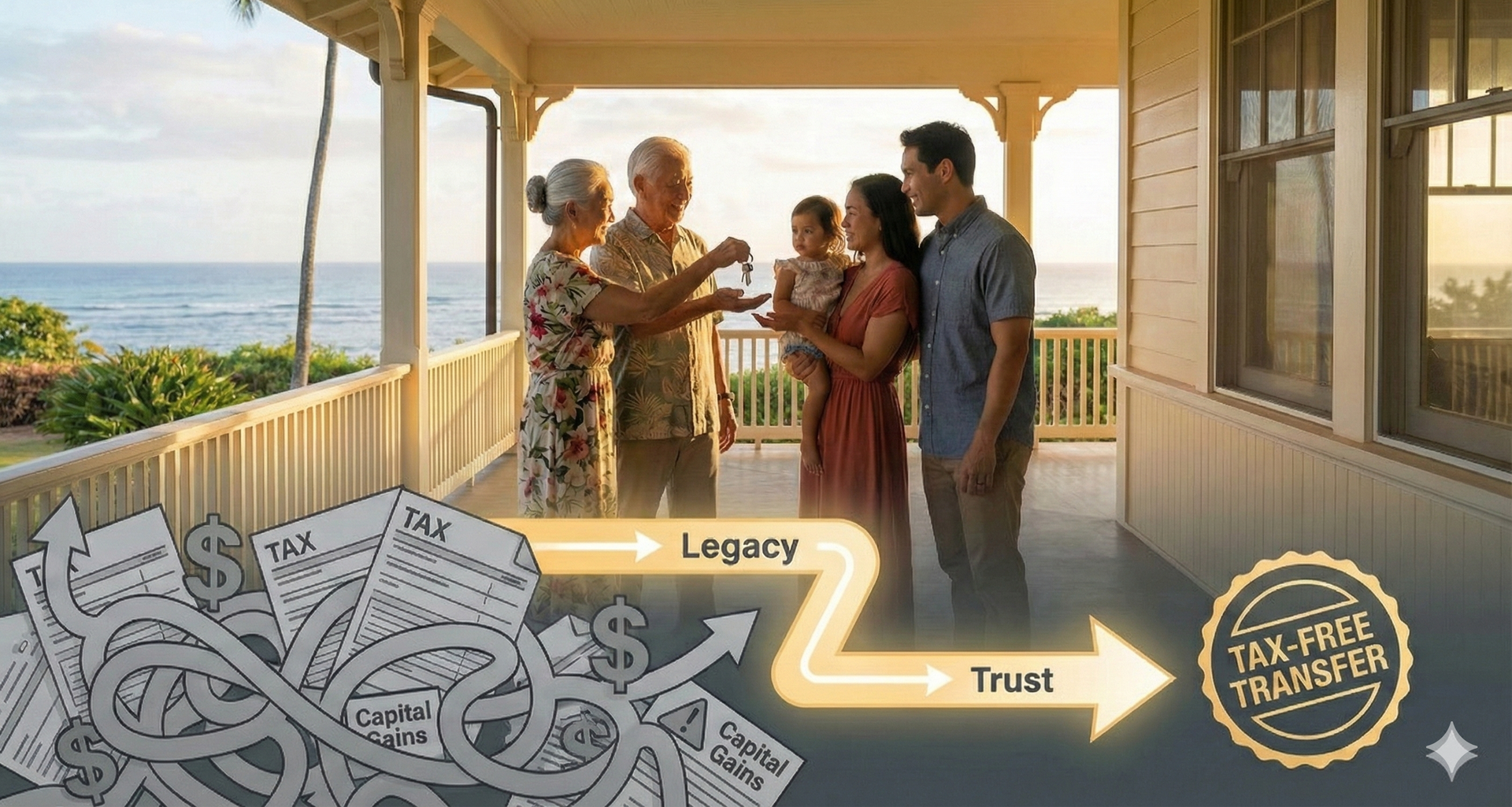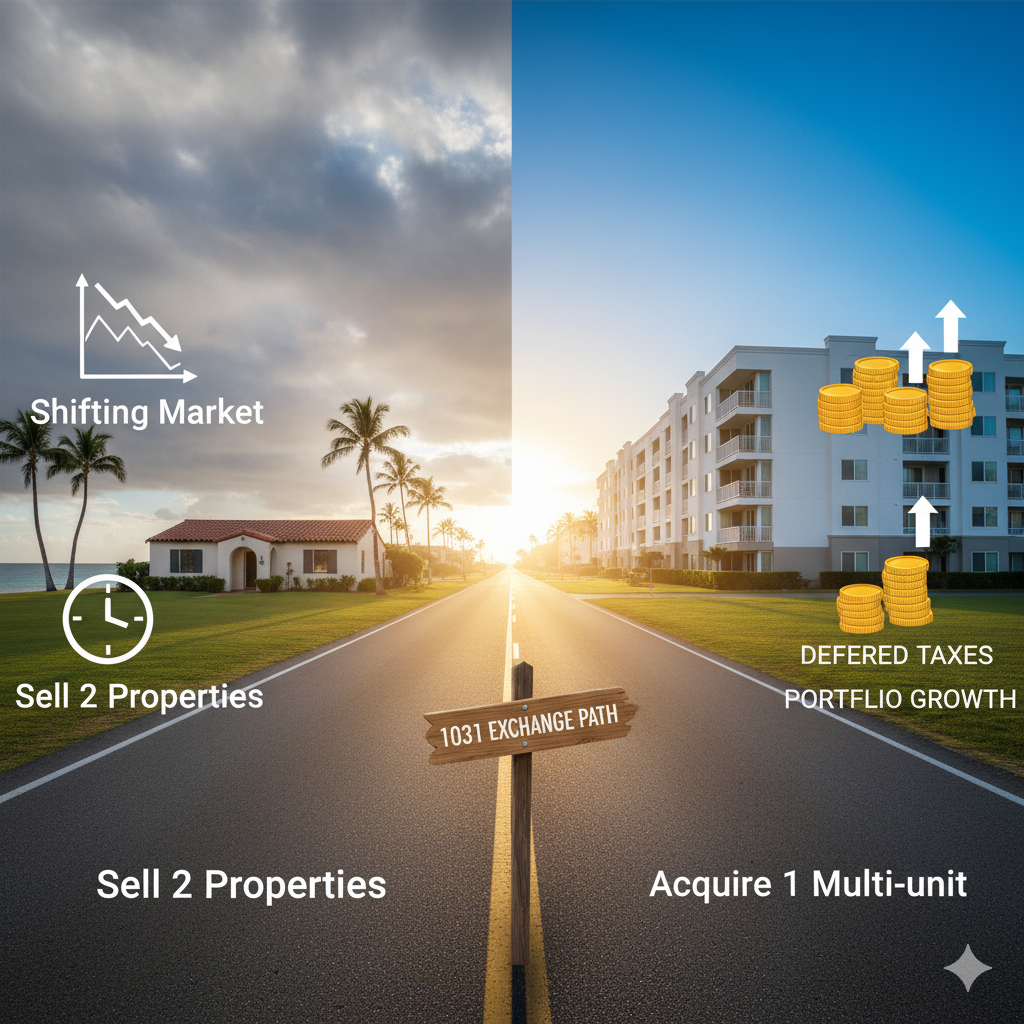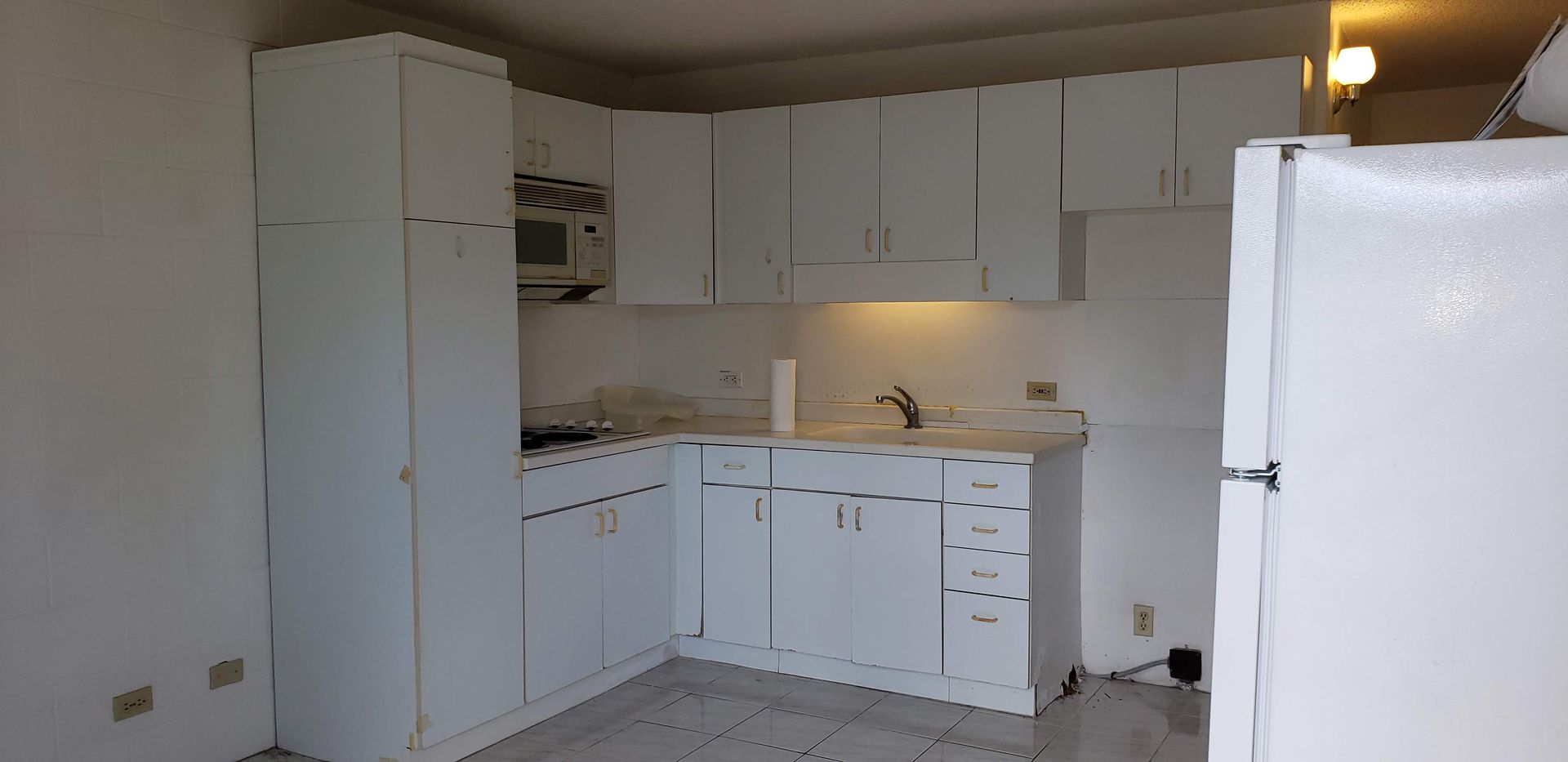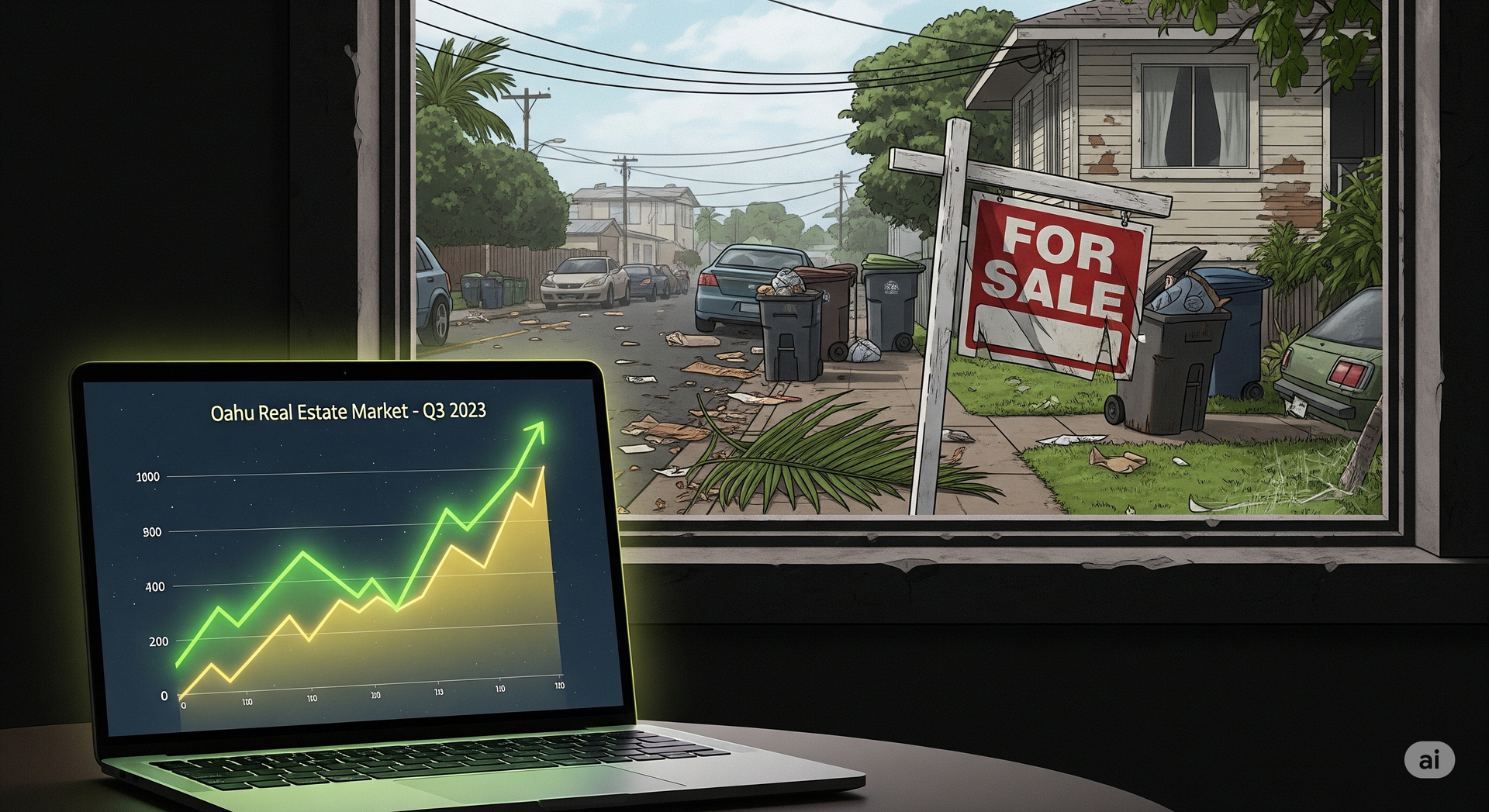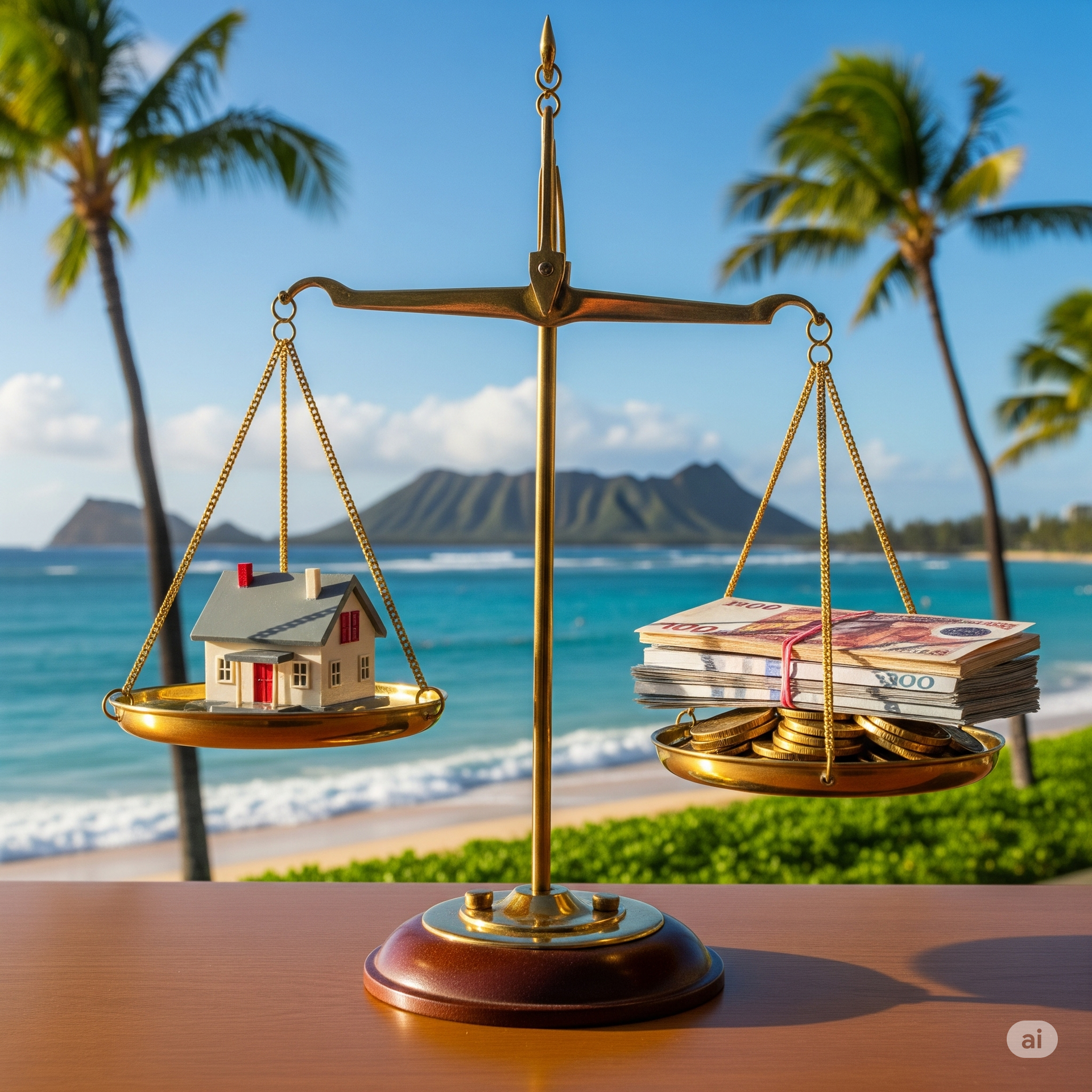"Monster Homes": Their Past, Present, and Your Investment Future
There's a hidden challenge—and a fascinating opportunity—lurking in some of Oahu's most sought-after neighborhoods. When I first became a realtor here, the term 'monster homes' often came up, usually with a shake of the head or a sigh. For homeowners, they sometimes meant headaches; for savvy investors, a perplexing puzzle. As someone deeply involved in Oahu property management, I quickly realized that ignoring the story of these oversized dwellings meant missing a crucial piece of our island's real estate puzzle. Why did certain neighborhoods push back so hard against them, and what does their evolution mean for your investment future in paradise? Let's dive in.
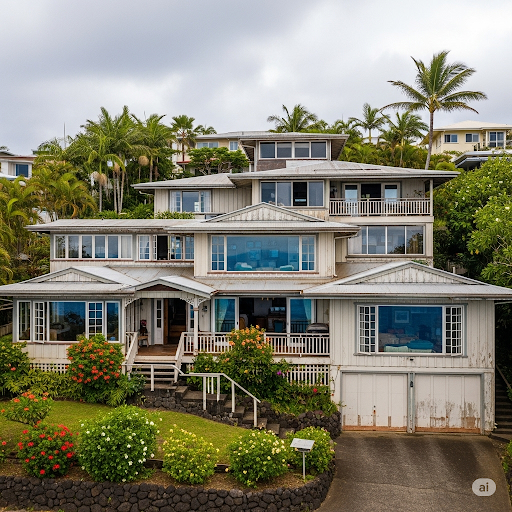
The Story Behind Oahu's "Monster Homes"
Back in the early 2000s, The market started seeing these incredibly large houses pop up. We're talking 10, even 19 bedrooms, and a handful of bathrooms, all squeezed onto a standard residential lot. They often maximize every single square foot, sometimes even bending (or breaking!) city building codes.
Many of these structures became illegal multi-unit rentals, makeshift boarding houses, or even sneaky vacation rentals. Imagine a small apartment building disguised as a single-family home right next door to your quiet family residence. That's what started happening in neighborhoods like Kaimuki, Palolo, and Pacific Heights. Concerns quickly mounted: where would all those cars park? Could our aging infrastructure handle the extra strain? What about the noise, the trash, the sheer change to our beloved community vibe? People worried about safety, too, when so many people were living in spaces not designed for them.
In 2018, Honolulu's City Council began enacting stricter laws. The first big one, Bill 79, put new limits on things like floor area, bathrooms, and parking requirements. The idea was to stop new monster homes in their tracks. But, as often happens, permits already submitted were "grandfathered in," meaning some continued to be built under the old, laxer rules. So, in 2020, Bill 90 came along to close those gaps, adding expiration dates for permits and even revoking pending applications that hadn't gotten final approval.
As of 2025, monster home construction is tightly regulated, and violations can lead to hefty fines or even forced demolition. It's a clear message: balance matters here.
So, what exactly are people doing with these homes today?
First off, many are simply multi-generational families living together. This is a deeply rooted tradition in Hawaii, and these larger homes can perfectly accommodate several generations under one roof, providing shared living and support.
Beyond that, we're seeing some smart strategies emerge, especially from homeowners and savvy investors:
- Homeowners offsetting expenses: A common approach is for a homeowner to live in a portion of the house themselves and rent out the remaining rooms individually. This is often self-managed, and it's a fantastic way to significantly offset those high mortgage payments and property expenses here on Oahu.
- Investors maximizing cash flow with co-living: On the investor side, the goal is often to maximize profit and gain strong cash flow by renting out individual rooms. This has led to the rise of compliant co-living models. Looking at recent listings on Zillow, you'll find rooms being advertised anywhere from $750 up to $2,800, with the average cost landing around $1,444 per month.
- The 90-Day Rule is Key: Here's the critical part for investors and homeowners alike: as long as these rooms are being rented out for more than 90 days, it's generally allowed within a typical residential zone. This is a fundamental distinction from short-term vacation rentals (STRs), which have far stricter limitations. If you do the math, a house with, say, 10 rooms rented out at an average of $1,400 each could generate a potential gross income of $14,000 per month. That's a serious opportunity for positive cash flow.
Beyond standard room rentals, some truly savvy investors have even purchased these larger homes and, with proper planning and licensing, are converting them into licensed foster homes or care homes. This not only provides a valuable service to our community but can also be a stable and impactful business venture.
In my view, while the "wild west" days of unregulated "monster homes" are firmly behind us, the opportunity for investors to responsibly meet Oahu's pressing housing and care demands is very much alive and well. By focusing on compliant co-living models or, especially, licensed care facilities, we can contribute positively to our communities while building strong, sustainable investments. It’s about being smart, compliant, and deeply understanding the true needs of our beautiful island home.
Thinking about investing in Oahu's unique real estate landscape, or need expert property management for your existing assets? As a local realtor and property management specialist, I'm here to help you navigate these opportunities and avoid potential pitfalls.
Let's chat! Schedule a free, no-obligation consultation today to discuss your specific goals and how we can achieve them together.
